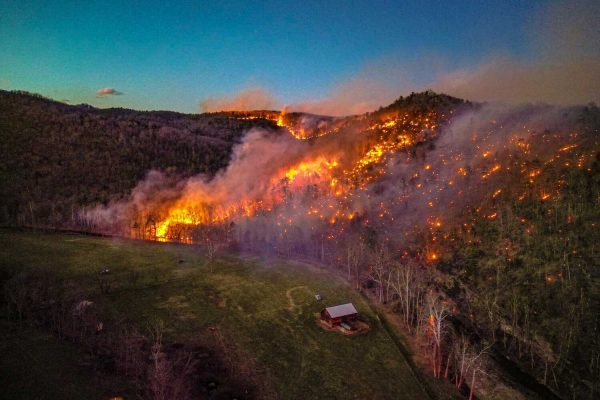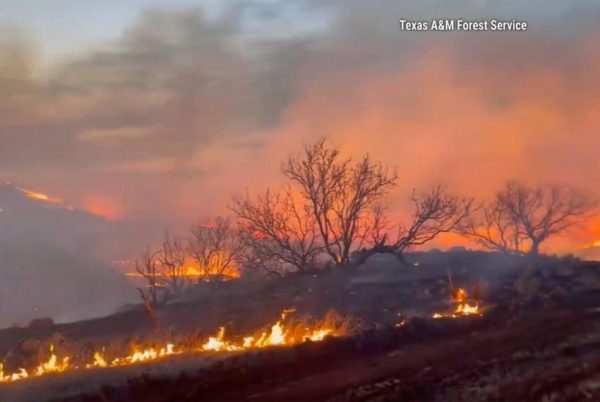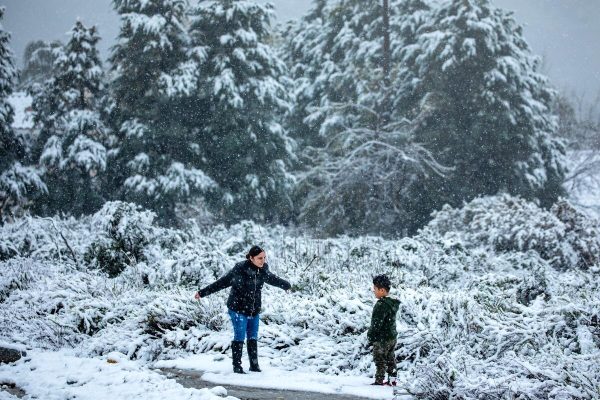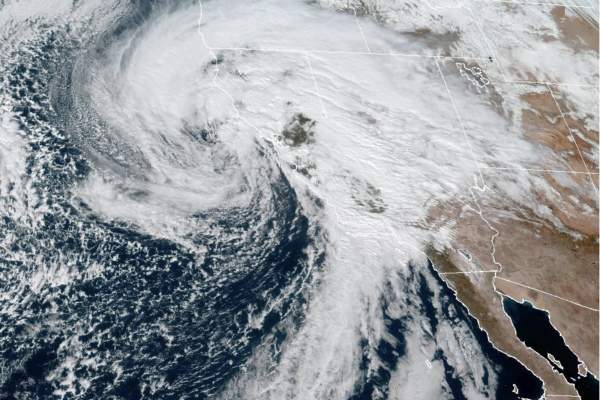The Climate Crisis in Australia
February 3, 2020
Australia is facing a serious climate crisis. Last November, a State of Emergency was declared on the continent due to the bushfires that have scorched the entire continent. The fires are still blazing almost three months later, with New South Wales seeming to suffer the most. The summer months in Australia are from December to February, and the average fire season is usually from late January to early February. However, in this past season, Australians experienced something altogether unprecedented.
Bushfires are common in Australia during the summer months. The typically hot and dry summer climate causes fires that actually play vital roles in certain ecosystems. Eucalyptus forests in particular benefit from the fires as the flames aid in the release of the seeds of the Eucalyptus plant.
This year, however, the fire season was unusual and much more severe. The flames were larger, lasted longer, and in general, were far more intense than what is typically seen during the Australian fire season. Many climate specialists believe that this abnormality is a consequence of climate change. The temperatures of Australia have also raised drastically.
“On January 2, Australia reported their highest temperature ever: 123 degrees Fahrenheit”
With numbers like these, it’s hard to disagree on the effect climate change is having on the world.
The fires are heavily impacting Australia. The air pollution from the flames is reaching dangerous levels, placing Australians at risk of serious health problems. In addition, the smoke from the flames has made its way into hospitals, bringing toxins into birthing rooms and preventing MRI machines from functioning properly. There have also been many reported cases of respiratory distress as a result of the dangerous air quality.
The fires are also harming Australia’s ecosystems, destroying the homes of many animals, and placing many species at risk. An estimated 1.3 billion animals have died as a result of the fires and those numbers continue to rise. The affected animals include koalas, kangaroos, wallabies, wombats, and echidnas. Most of these animals only exist on the Australian continent. If the fires are not taken care of quickly, these animals may become extinct. Many scientists are unsure of what the effect the destruction of Australia’s environment will be on wildlife.

Through social media, many celebrities have raised awareness about the Australian Bushfires. Margot Robbie, Ellen DeGeneres, and Nicole Kidman, to name a few, have shared the websites of relief organizations that people can donate to in addition to pledging a large sum of their own to the cause.
Others have used social media to shame Australian Prime Minister Scott Morrison for his inaction towards the needs of his country. They claim he was too slow in making an effort to aid the ailing physical state of his country.
Australia is relying heavily on the help of their volunteer firefighters in slowing the spread of the fires. Much of these firefighters are employed in other professions are acting out of their own volition. However, due to the drastic need for firefighters in Australia, many are faced with the decision between aiding in efforts to slow the fires or continue to work to support themselves. To encourage those who feel torn between helping and continuing to work their actual job, Prime Minister Morrison has offered compensation to the volunteers. Other countries, including the US, have sent over additional volunteer firefighters. Australian officials are aware of the fact that it may not be humanly possible to stop the fires completely, and that the only way the fires are going to completely go out is by naturally burning themselves out.











